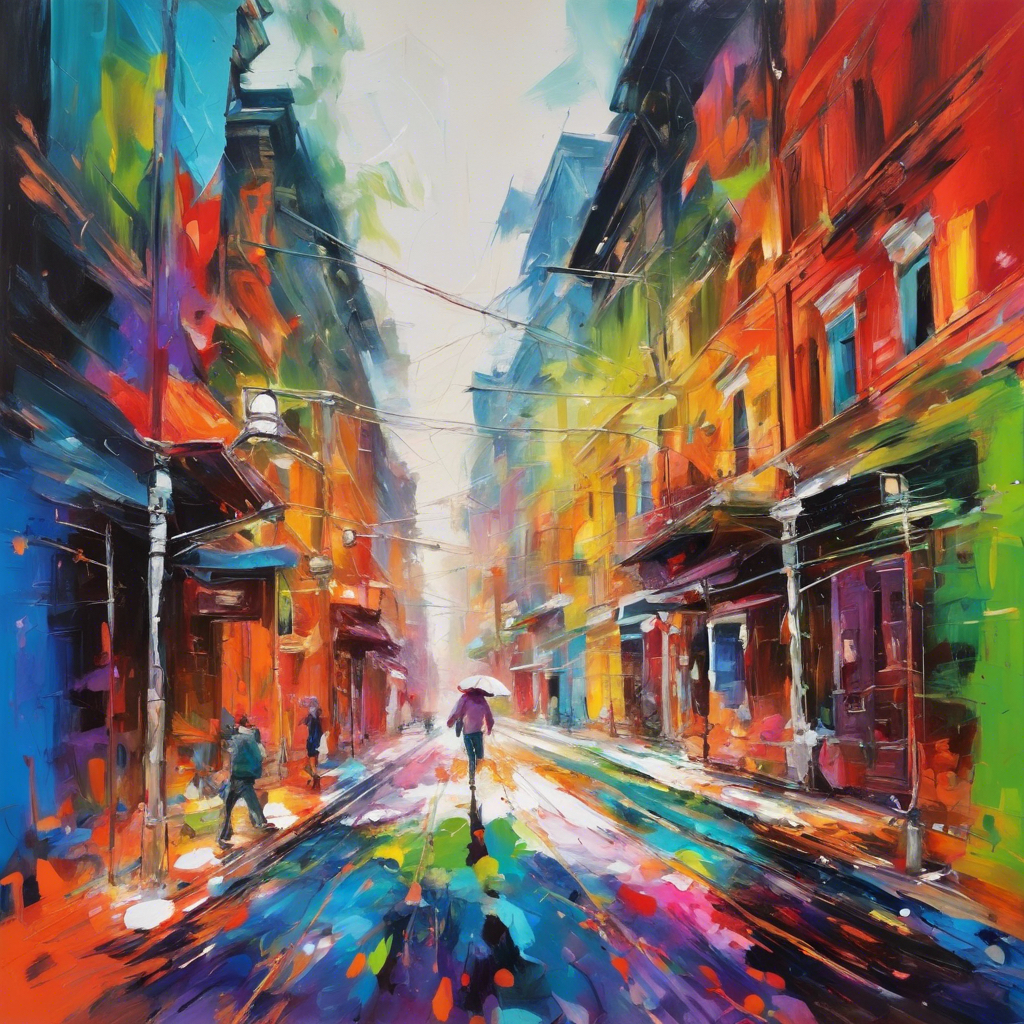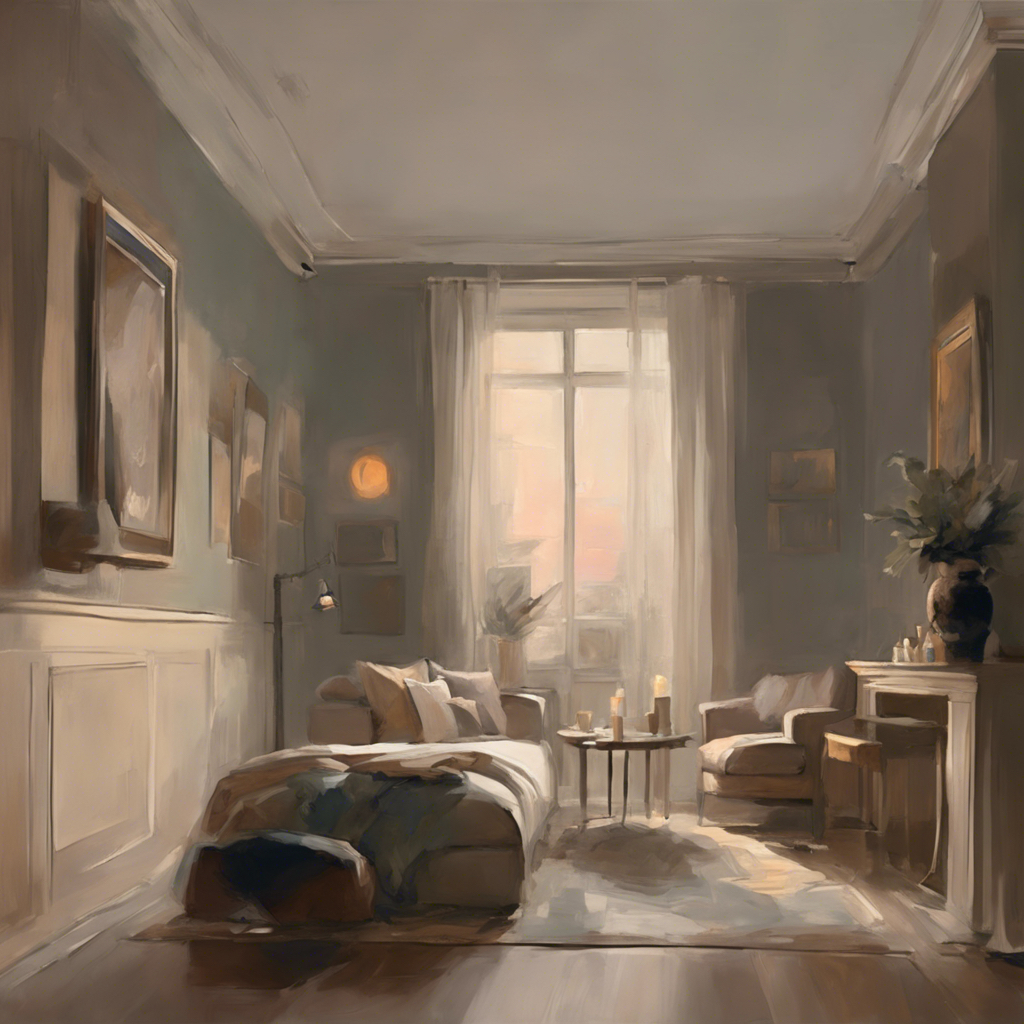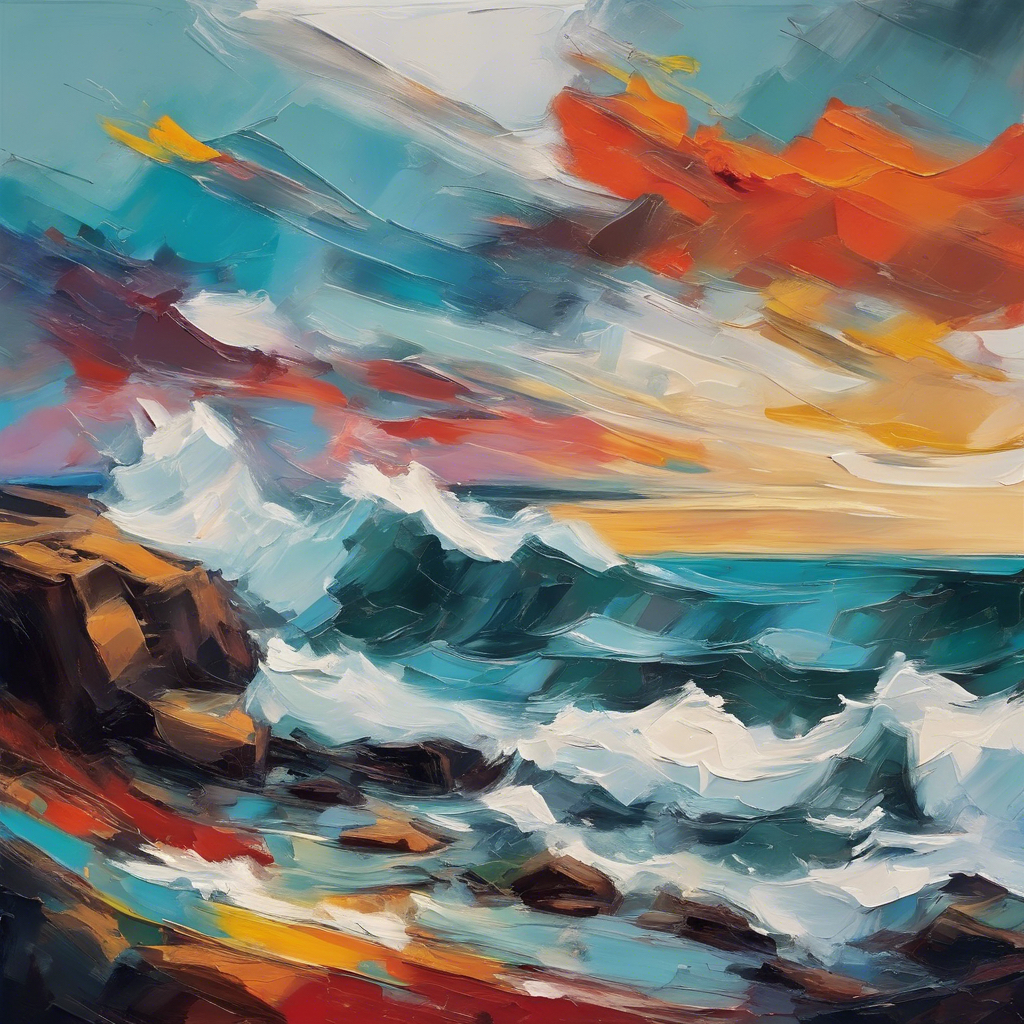Art, often described as a visual language, is a powerful medium that allows artists to express their emotions, thoughts, and experiences. The emotional state of an artist can significantly influence the creation of their work, shaping the mood, style, and overall impact of their paintings. In this blog post, we will explore how artists’ emotions can influence their paintings and how these emotional expressions can resonate with viewers.
The Emotional Underpinnings of Art
Emotions are the driving force behind many artistic endeavors. When an artist is experiencing a particular emotion, such as joy, sadness, anger, or fear, it can profoundly affect their creative process. These emotions can manifest in various ways, from the choice of colors and subject matter to the brushstrokes and overall composition of a painting.
- Joyful Emotions: Artists experiencing joy often create vibrant, colorful, and energetic paintings. Their work may exude a sense of optimism and vitality, reflecting their positive emotional state.
- Sadness and Melancholy: Sadness can lead to more somber and introspective works. Artists may use muted colors, subdued lighting, and melancholic themes to convey their feelings of loss, loneliness, or longing.
- Anger and Frustration: Anger can manifest in bold, aggressive brushstrokes and intense colors. Artists may use their work as a cathartic outlet, expressing their frustration and rage through their paintings.
- Fear and Anxiety: Fear and anxiety can result in distorted forms, unsettling imagery, and a sense of unease. Artists may use their work to explore their fears and anxieties, offering a glimpse into their inner turmoil.
The Impact of Emotional Expression on Viewers
When an artist’s emotions are authentically expressed in their work, it can have a profound impact on viewers. Emotional expression can evoke a range of responses, from empathy and compassion to anger and frustration. By connecting with the artist’s emotions, viewers can gain a deeper understanding of the human experience.
- Emotional Resonance: When viewers can relate to the emotions conveyed in a painting, they are more likely to form a strong connection with the work.
- Catharsis: Art can serve as a cathartic experience for both the artist and the viewer, allowing them to process their emotions and find solace.
- Inspiration and Motivation: Emotional expression can inspire viewers to reflect on their own lives and experiences, leading to personal growth and transformation.
Techniques for Emotional Expression in Painting
Artists use a variety of techniques to convey their emotions through their work. Some common techniques include:
- Color: Color is a powerful tool for expressing emotions. Warm colors, such as red, orange, and yellow, can evoke feelings of excitement, energy, and passion. Cool colors, such as blue, green, and purple, can convey calmness, sadness, or serenity.
- Line: The use of line can also convey emotion. Bold, angular lines can express anger or frustration, while softer, curved lines can convey gentleness and tenderness.
- Texture: Texture can add depth and dimension to a painting, as well as evoke different emotions. Rough, textured surfaces can convey a sense of chaos or turbulence, while smooth, polished surfaces can convey calmness and serenity.
- Composition: The arrangement of elements within a painting can also influence the viewer’s emotional response. A balanced composition can convey harmony and stability, while an unbalanced composition can create a sense of tension or unease.
By understanding the intricate relationship between emotions and art, we can gain a deeper appreciation for the power and beauty of human creativity.
References
- The Psychology of Art by Ernest Gombrich
- Art as Experience by John Dewey
- The Art Spirit by Robert Henri


